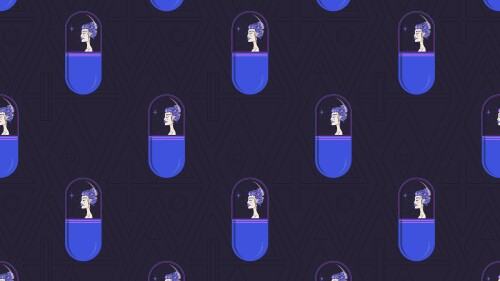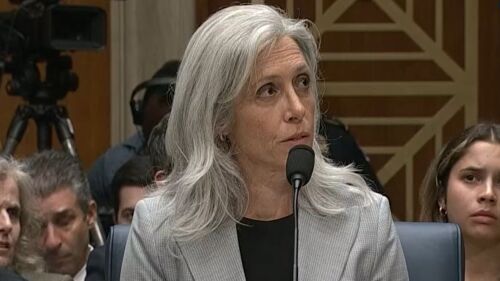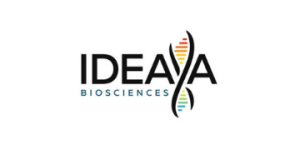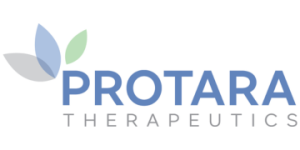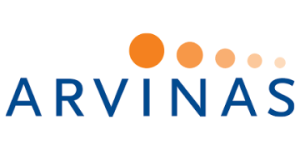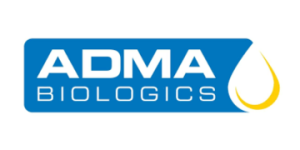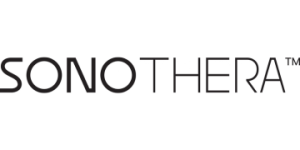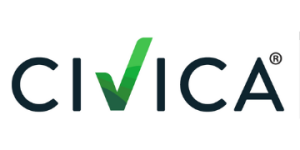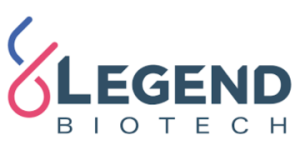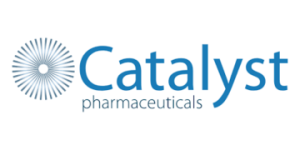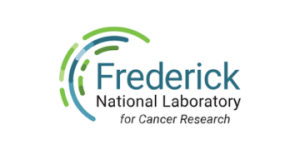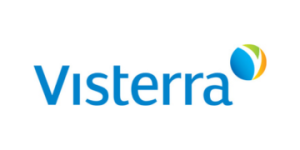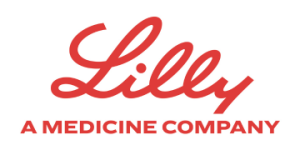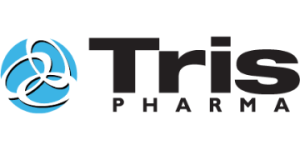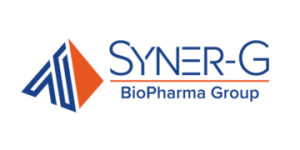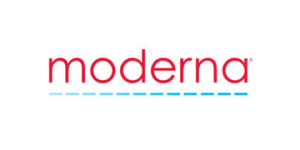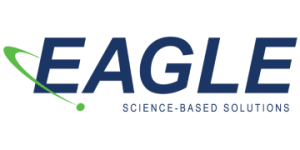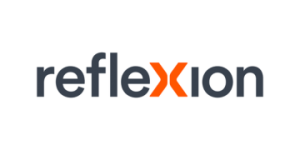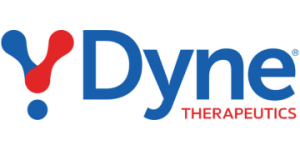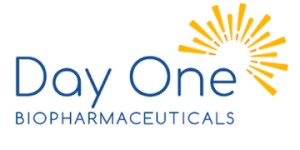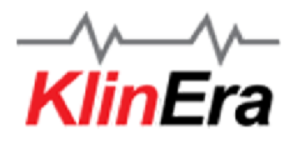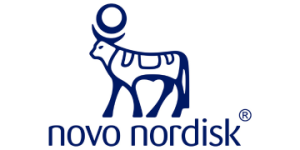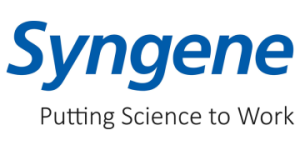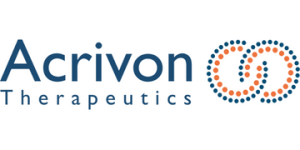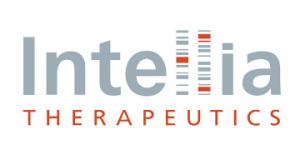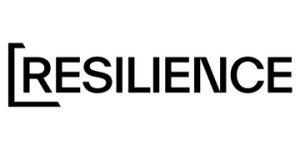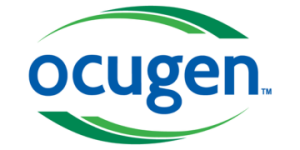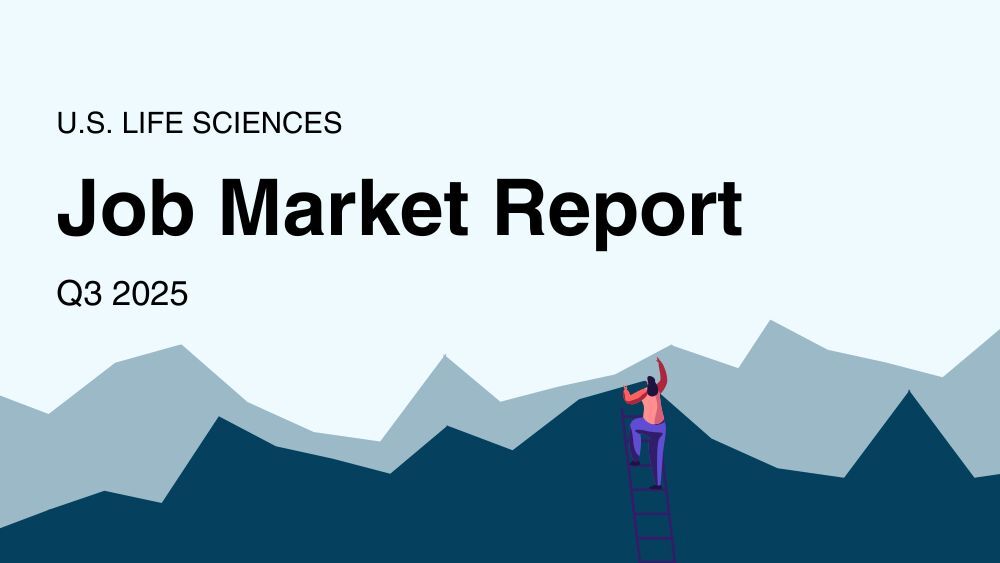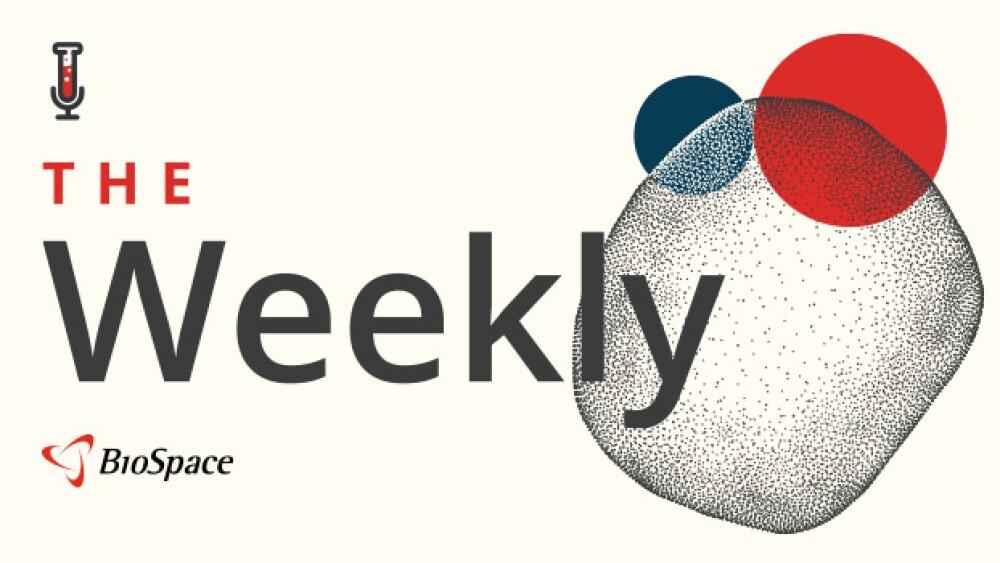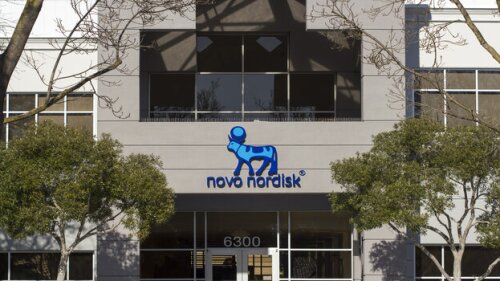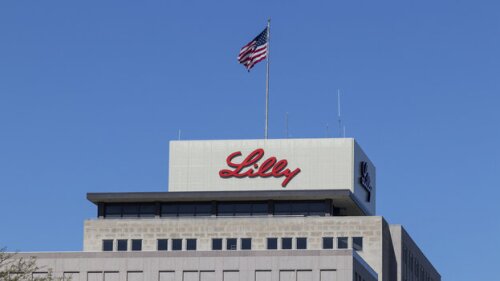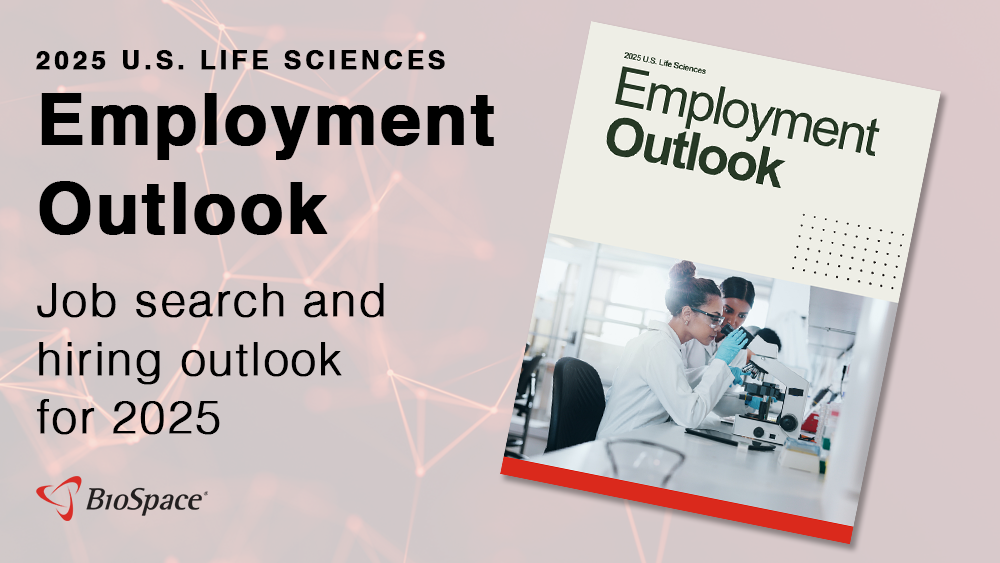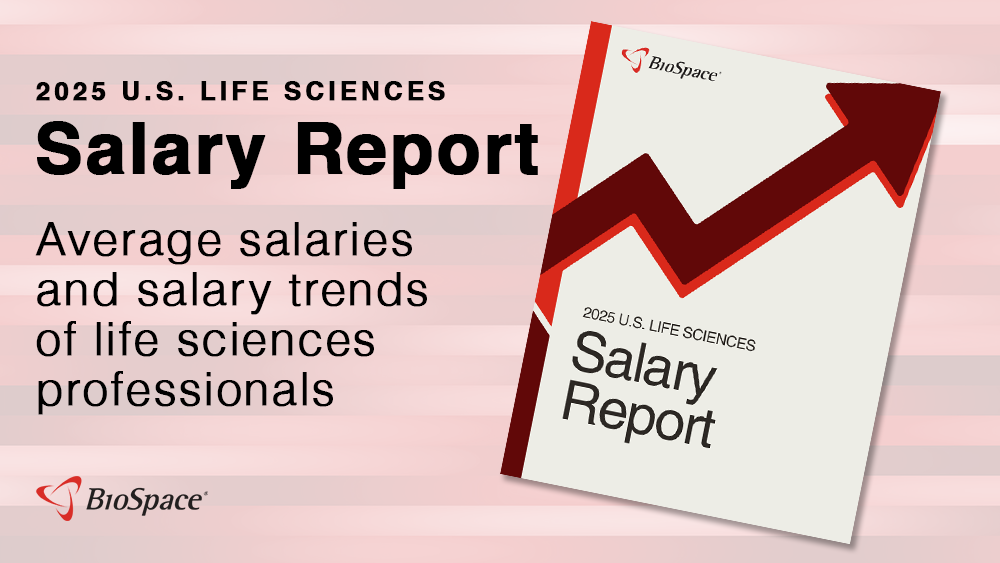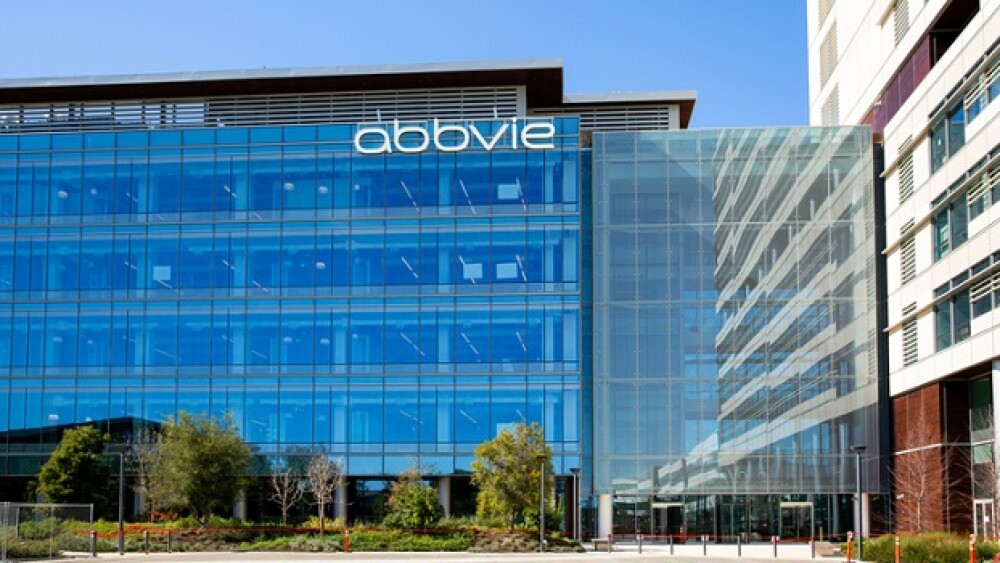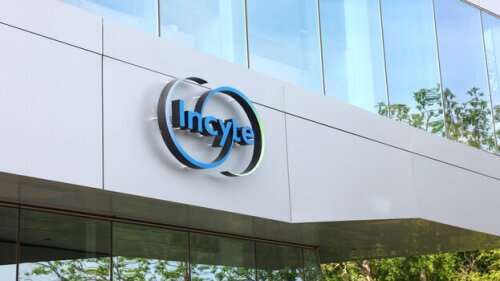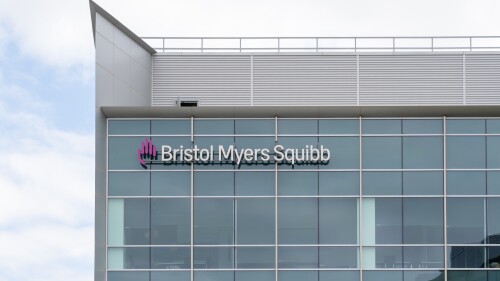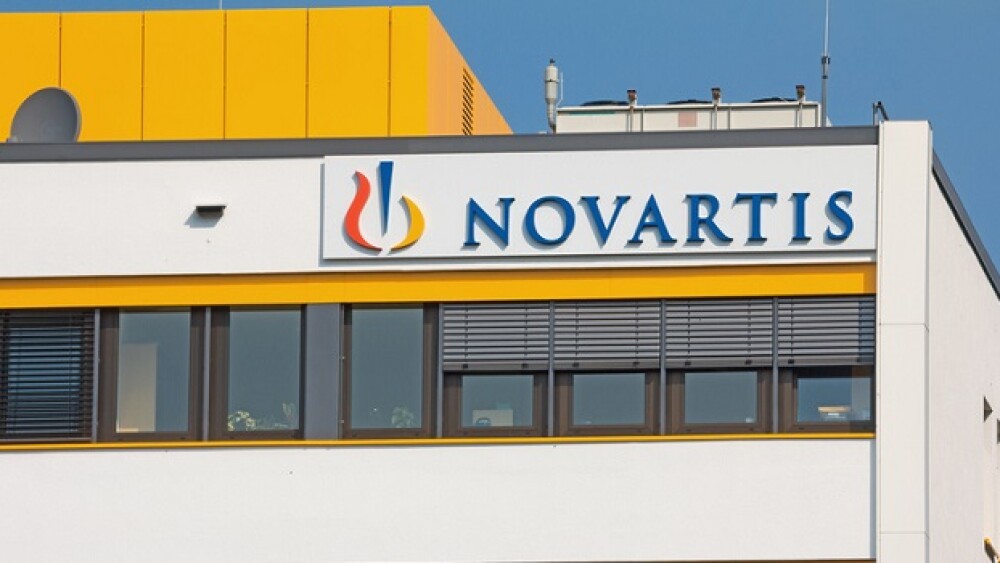Ivonescimab elicited better overall survival in Asian patients with non-small cell lung cancer than in those from North America and European countries, in Western countries narrowly missing the statistical significance threshold the FDA is seeking.
KER-0193 is a modulator of ion channels connected to autism spectrum disorder. The FDA bestowed orphan drug and rare pediatric drug designations on the candidate earlier this year.
According to analysts, the new data could present a path to accelerated approval for ifinatamab deruxtecan, a product of Merck and Daiichi Sankyo’s troubled ADC partnership.
The World Health Organization’s Essential Medicines list guides high-level procurement and coverage decisions for over 150 countries.
Rick Doblin, the founder of the Multidisciplinary Association for Psychedelic Studies, which founded Lykos, bemoaned a “moving of the goal posts” in Lykos’ rejection but looked for positives in the newly released complete response letter.
Ousted CDC Director Susan Monarez claimed in an op-ed published in The Wall Street Journal Thursday that she was fired for refusing to rubber-stamp COVID-19 recommendations to be made by an advisory panel that has expressed “antivaccine rhetoric.”
FEATURED STORIES
Biosimilars are essential healthcare equalizers, but their regulation is overly complicated due to lobbying by makers of branded biologics looking to maintain blockbuster revenue.
Since 2016, the FDA has approved three disease-modifying treatments for spinal muscular atrophy, with several companies—including Novartis, Scholar Rock and Biogen—progressing novel candidates through clinical trials.
The FDA approval of Alnylam’s Amvuttra sets up a three-way race with Pfizer and BridgeBio, which both market transthyretin stabilizers for transthyretin amyloid cardiomyopathy.
With Keytruda, the best-selling drug in the world, facing the end of exclusivity in 2028, BioSpace looks at five drugs that have taken the leap off the patent cliff.
The explosion of GLP-1 weight loss drugs is reminiscent of the early days of PD-1 inhibitors, but key market differences suggest history may not repeat itself.
The ongoing conflicts between Ukraine and Russia, as well as Israel and Palestine, have sent ripples across various industries, including pharma. Medical science liaisons can help.
LATEST PODCASTS
Second-quarter earnings season continues with Big Pharma beating Wall Street expectations, the author of an encrypted email sent to BioSpace has a proposal for Moderna and Merck, Roche and Viking seek quicker entry to the obesity market, and AAIC is in full swing.
Despite early 2024 optimism, BioSpace’s Job Market Trends report outlines a still sluggish situation in the biopharma industry, Novartis and J&J announce Q2 earnings, GLP-1 market leaders expand into China and the Cassava Sciences saga continues.
This is the third episode of Denatured’s discussion on diversity, equity and inclusion. Here, our guests discuss imperatives around access and accountability.
Job Trends
Bristol Myers Squibb announced the presentation of data across its oncology and hematology portfolio at the upcoming 2024 American Society of Clinical Oncology Annual Meeting and the European Hematology Association 2024 Hybrid Congress.
Subscribe to Genepool
Subscribe to BioSpace’s flagship publication including top headlines, special editions and life sciences’ most important breaking news
SPECIAL EDITIONS
In this deep dive, BioSpace investigates China’s rise as a biotech powerhouse.
In this deep dive, BioSpace explores the next big thing in obesity.
BioSpace did a deep dive into biopharma female executives who navigated difficult markets to lead their companies to high-value exits.
DEALS
-
Belgium-based biopharma UCB is selling its Chinese neurology and allergy business to Singapore asset management firm CBC Group and Abu Dhabi investment company Mubadala.
-
Venture capital in the sector hit $9.2 billion in the second quarter of 2024, up from $7.4 billion in Q1, while exits fell on a slower M&A cycle and picky IPO market.
-
M&A activity surges and IPOs return as the biotech industry navigates a changing business landscape marked by strategic consolidation and renewed investor focus on innovation.
-
The Connecticut-based biotech, which emerged from stealth last year, has secured $202 million to date as it looks to move two assets targeting prostate and breast cancer into the clinic.
-
Armed with a combined $850 million in cash, the companies said Thursday the resulting biotech will have a pipeline that could deliver 10 clinical readouts over the next 18 months.
WEIGHT LOSS
-
The discontinuation of STRIDES is a rare stumble for the next-generation obesity field and comes just weeks after Amgen announced underwhelming mid-stage data for MariTide.
-
Eli Lilly is aggressively ramping up its manufacturing capacity for tirzepatide as compounding pharmacies continue to challenge an FDA decision to formally end the shortage of the obesity and diabetes drug.
-
In recent months Novo Nordisk has invested several billions of dollars to boost its manufacturing capacity—including its highly contested $16.5 billion merger with CDMO giant Catalent.
-
The Danish startup, whose lead candidate has parallels to Amgen’s MariTide, launches on the heels of Amgen’s Phase II data release for the drug last week.
-
SURMOUNT-5’s results reflect those of multiple real-world studies, which have found that tirzepatide treatment results in stronger weight loss than semaglutide.
POLICY
-
In a recent interview, FDA Commissioner Marty Makary said there “should be nothing political about the FDA.” Recent actions taken by HHS Secretary Robert F. Kennedy, Jr. and others within the department appear to be at odds with this sentiment.
-
As Marty Makary nears the end of his first month on the job, the FDA Commissioner sat down for two interviews, offering statements that alternatively contradict and jibe with reported events.
-
Merck, Bristol Myers Squibb, Sanofi and Roche had little clarity on the potential impact of President Donald Trump’s pharmaceutical tariffs but many companies are already preparing for what’s to come.
-
The so-called ‘Most Favored Nations’ rule would set drug pricing for Medicare in line with the prices paid by other nations, where drugs can be much cheaper.
-
Such a change would put the U.S. more in line with guidance in other countries and with the World Health Organization, which recommends one dose for children and adolescents only if they have comorbidities.
Like any field, there are upsides and downsides to working in biotech, and educating yourself can help you make an informed decision if you’re considering a career in this industry.
Learn the best tips, tricks, and practices to help yourself to get the first job after college life sciences industry right out of college in our comprehensive guide.
Discover the most in-demand pharma qualifications and how to use them to score your dream job in our comprehensive guide.
Instead of going through pharma job search websites, you should create a powerful LinkedIn profile. Check out Biospace to find out the benefits of having a strong LinkedIn Profile.
Despite the massive financing from venture capitalists that poured into Massachusetts in 2021, Bay State biopharma companies are struggling to find enough talent to fill the number of available jobs.
The use of body language during interview can ensure a good impression. Kinesics includes the use of posture, facial expression, movement, and gestures to communicate nonverbally.
HOTBEDS
REPORTS
In this Employment Outlook report, BioSpace explores current workforce sentiment, job activity trends and the prospective job and hiring outlook for 2025, particularly as it compares to the previous year.
BioSpace’s third report on diversity, equity, inclusion and belonging in life sciences examines dramatic shifts in attitude around diversity initiatives.
CANCER
-
The pharma giant inked its third T cell engager deal of 2025 Wednesday—this time with Xilio Therapeutics for tumor-activated immunotherapies.
-
The partnership dates back to 2015, when Incyte paid $60 million upfront for access to four checkpoint programs, including TIM-3, LAG-3, OX40 and GITR.
-
Gilead beat consensus estimates in Q4 with $7.6 billion in revenue, driven largely by its HIV drug Biktarvy and CAR T therapies Trodelvy and Yescarta.
-
A paper inadvertently published on the website of an ASCO conference revealed good results for mevrometostat in treating castration-resistant prostate cancer.
-
Following an initial report from Reuters, Merck KGaA confirmed that it is in talks with SpringWorks for a potential acquisition, though details of its offer have yet to be revealed.
NEUROSCIENCE
-
With two earlier trials meeting their primary endpoints, Axsome claimed it has the data to support a filing for FDA approval in the second half of 2025.
-
In a highly anticipated readout for the kappa opioid receptor class in major depressive disorder, Neumora’s navacaprant failed to meet the primary and key secondary endpoint in the first of three identical Phase III studies.
-
This year saw lofty highs and devastating lows for neuroscience drug developers like Bristol Myers Squibb, Eli Lilly and AbbVie, following the predictable pattern of successes and failures that characterizes this space.
-
Already established as cornerstone therapies in diabetes and obesity, GLP-1 receptor agonists also show potential in several other indications, including cancer, addiction and neurodegenerative diseases.
-
BioArctic received $100 million upfront with another $1.25 billion in potential milestone payments on the line for two pyroglutamate-amyloid-beta antibodies.
CELL AND GENE THERAPY
-
Novartis’ up to $1.1 billion acquisition of gene therapy specialist Kate Therapeutics fits with the pharma’s plan to expand its new modality pipeline to ensure long-term business sustainability.
-
Investigational CAR T therapies stole the spotlight at the American College of Rheumatology Convergence as data presented by Bristol Myers Squibb, Kyverna Therapeutics and more highlighted their potential to effectively treat lupus.
-
After failing to receive the RMAT designation from the FDA for its early-stage Batten disease gene therapy, Neurogene tells investors that it’s evaluating options for the program.
-
Regenxbio is pushing its Duchenne muscular dystrophy gene therapy into pivotal development, with a BLA planned for 2026—potentially posing a threat to Sarepta’s Elevidys.
-
Neurogene’s shares fell by 36% as the market opened Monday morning following news that a patient experienced systemic hyperinflammatory syndrome in a Phase I/II clinical trial of Rett syndrome gene therapy NGN-401.








